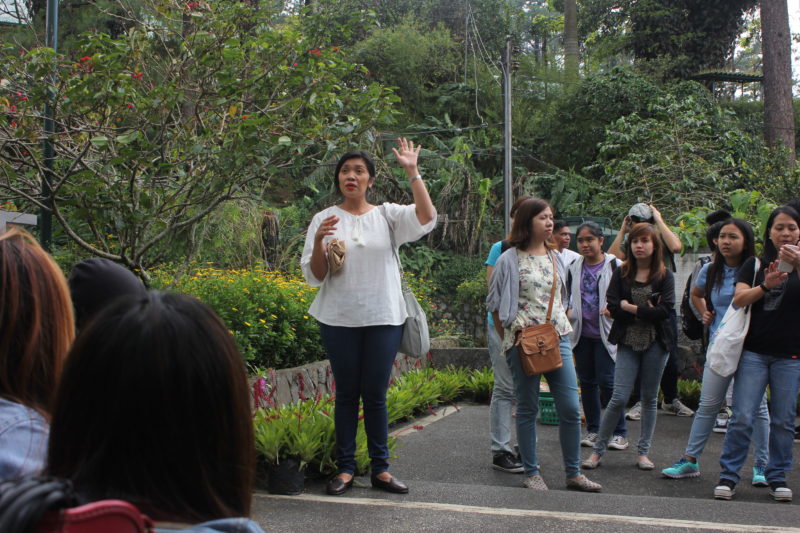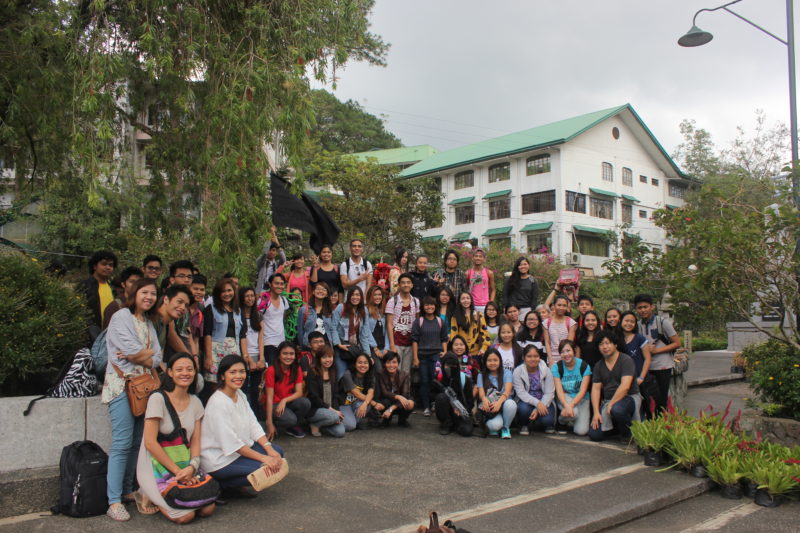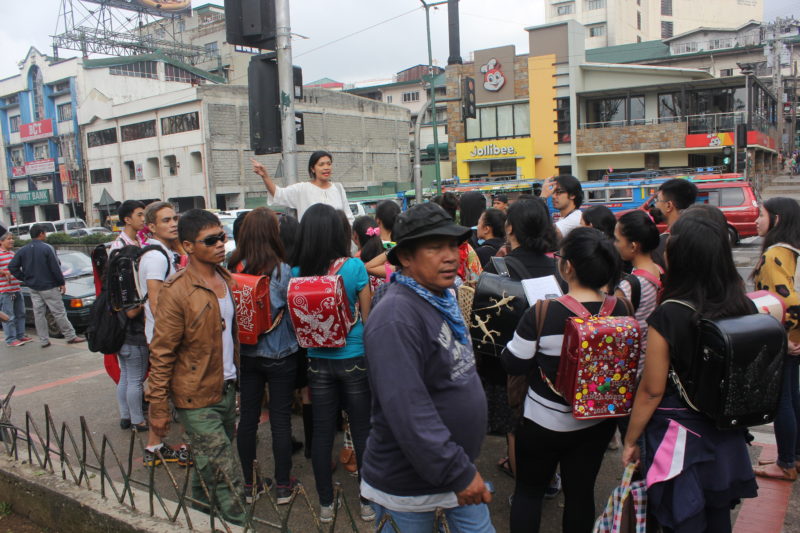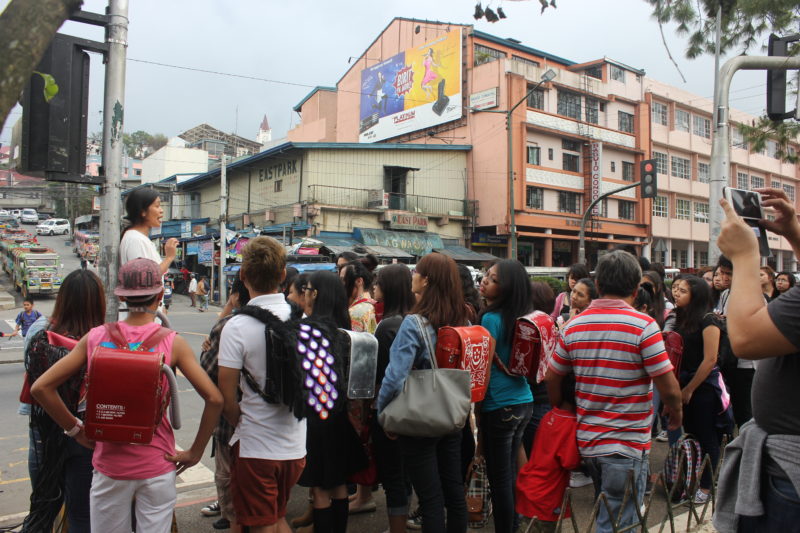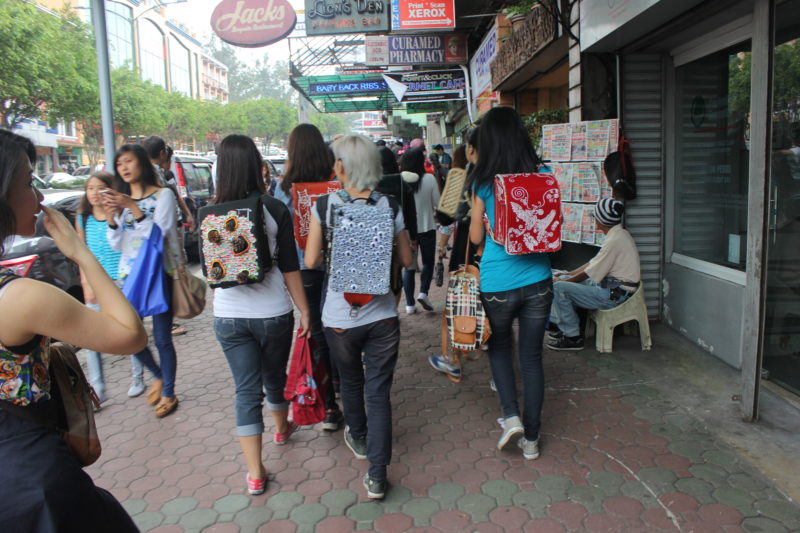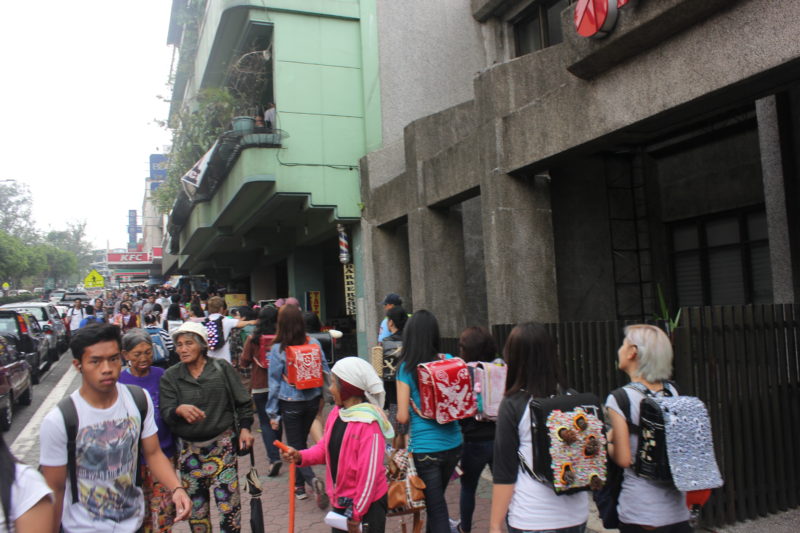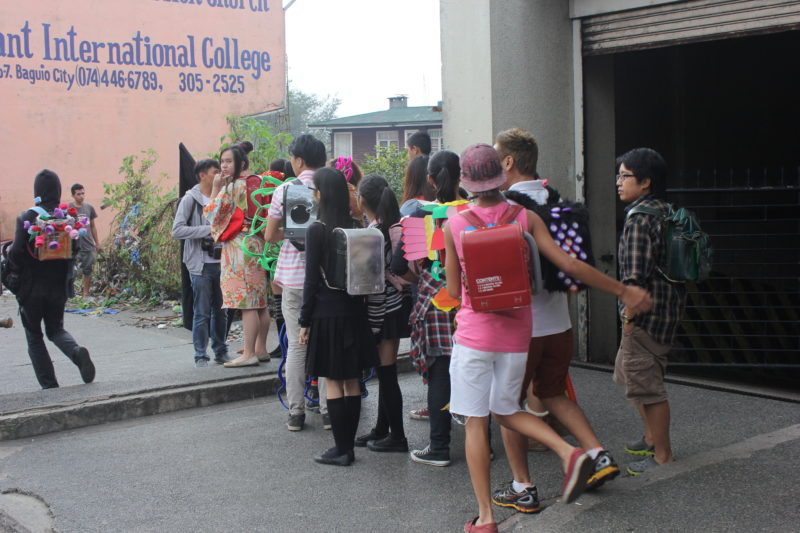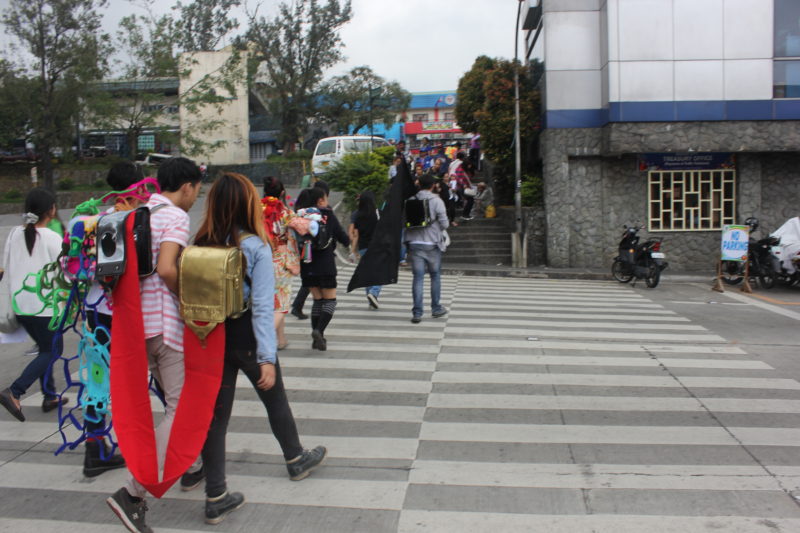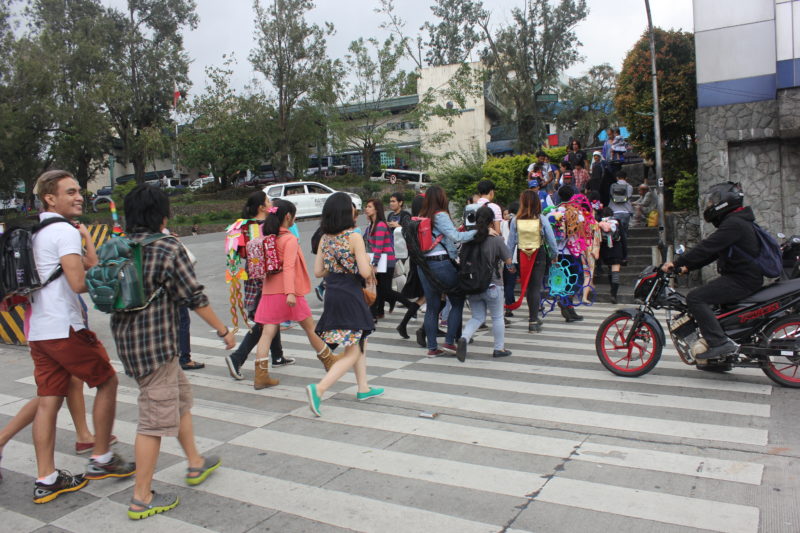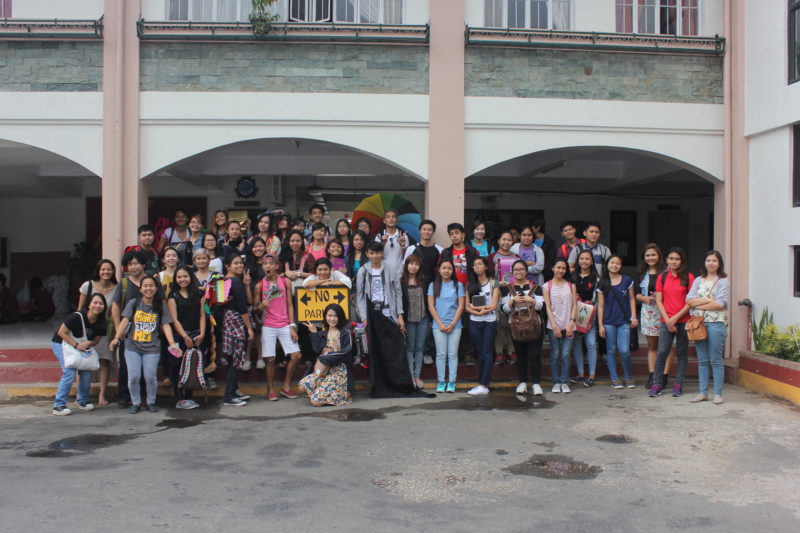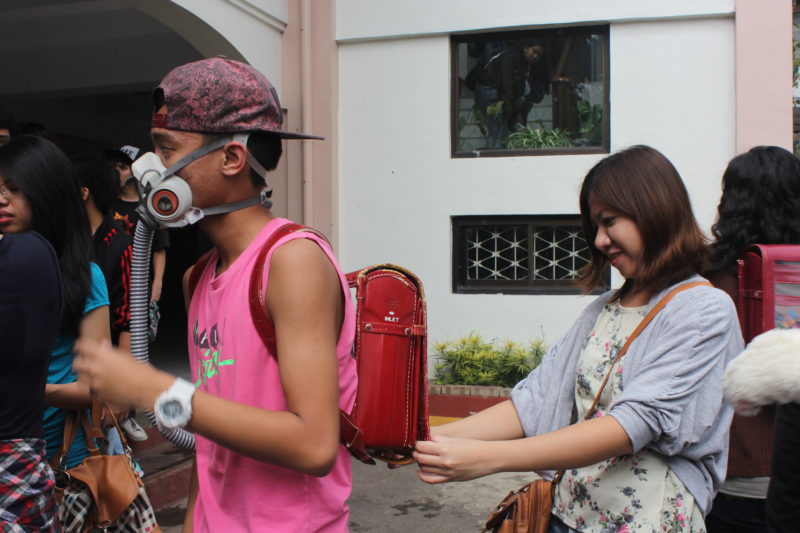Field Trip Walk in Post-Earthquake Sites
Baguio City is a disaster waiting to happen all over again. On July 16, 1990, the Great Northern Luzon Earthquake struck and brought the entire city to ruin. Millions worth of infrastructure crumbled to the ground. Worse, many human lives were lost. After that followed a series of urban renewal projects initiated by civil society groups. Many years have passed and the city seemed to have forgotten this great tragedy. One will see many real estate development projects trying to match the influx of tourists and settlers. Shopping malls are being built left and right to match consumer desires and investors’ capital interests. Watersheds are being threatened. Open spaces are being converted to concrete pavements.
More than preserving beautiful vistas of a city lined with pine trees, there is a need to plant seeds of information about sustainability and human well being among young people. Having been born in Baguio City with professors from the University of the Philippines as her parents, Laya Boquiren was a witness to the city’s transformation. Collaborating with artists Joan Medrano and Czarina Calinawagan of the University of the Philippines Baguio Fine Arts Program, she took the students on a “field trip” around these post-earthquake sites and told stories. Some of these sites bear traces of disaster. Other sites have become busy commercial hubs where the memory of disaster is on the brink of disappearance.


